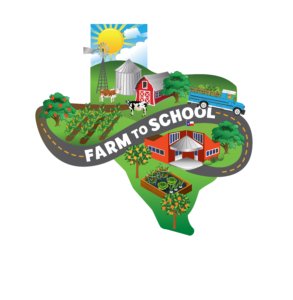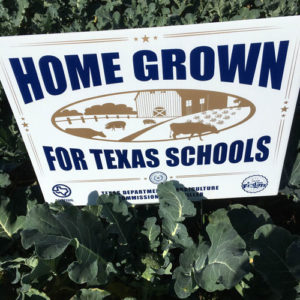 Today, CDC released new maps that highlight geographic and racial/ethnic disparities in physical inactivity in the U.S. State and territory-level estimates of physical inactivity range from 17% in Colorado to 48% in Puerto Rico. In the majority of states, non-Hispanic blacks and Hispanics had a significantly higher prevalence of inactivity than non-Hispanic whites. These data show that more efforts are needed to increase physical activity to prevent and control chronic disease in the U.S.
Today, CDC released new maps that highlight geographic and racial/ethnic disparities in physical inactivity in the U.S. State and territory-level estimates of physical inactivity range from 17% in Colorado to 48% in Puerto Rico. In the majority of states, non-Hispanic blacks and Hispanics had a significantly higher prevalence of inactivity than non-Hispanic whites. These data show that more efforts are needed to increase physical activity to prevent and control chronic disease in the U.S.
To address this issue, CDC just announced the launch of Active People, Healthy NationSM, a new initiative to help 27 million Americans become more physically active by 2027. The initiative promotes strategies that work at the state and local level and is based on a foundation of inclusion and health equity.
Working on Wellness Environments joined Active People, Healthy Nation, and we invite you to do the same. Individuals, organizations, and community champions that support any of the strategies that work can join.
- Organizations can join to help expand the effort, receive regular updates and exclusive networking opportunities, and share success stories with a broader network.
- Champions can join and implement community changes that are supportive of physical activity.
- Individuals can engage in physical activity and support the work through your personal networks.
By joining this initiative, we can collectively bring attention to the importance of being active, promote what works, highlight our successes, and galvanize support for physical activity nationwide.
You can also help promote Active People, Healthy Nation within your networks! 
We thank you in advance for joining this movement and helping to promote it within your networks! If you have any questions about Active People, Healthy Nation, please email activepeople@cdc.gov.
 From Dr. Jenna Anding
From Dr. Jenna Anding
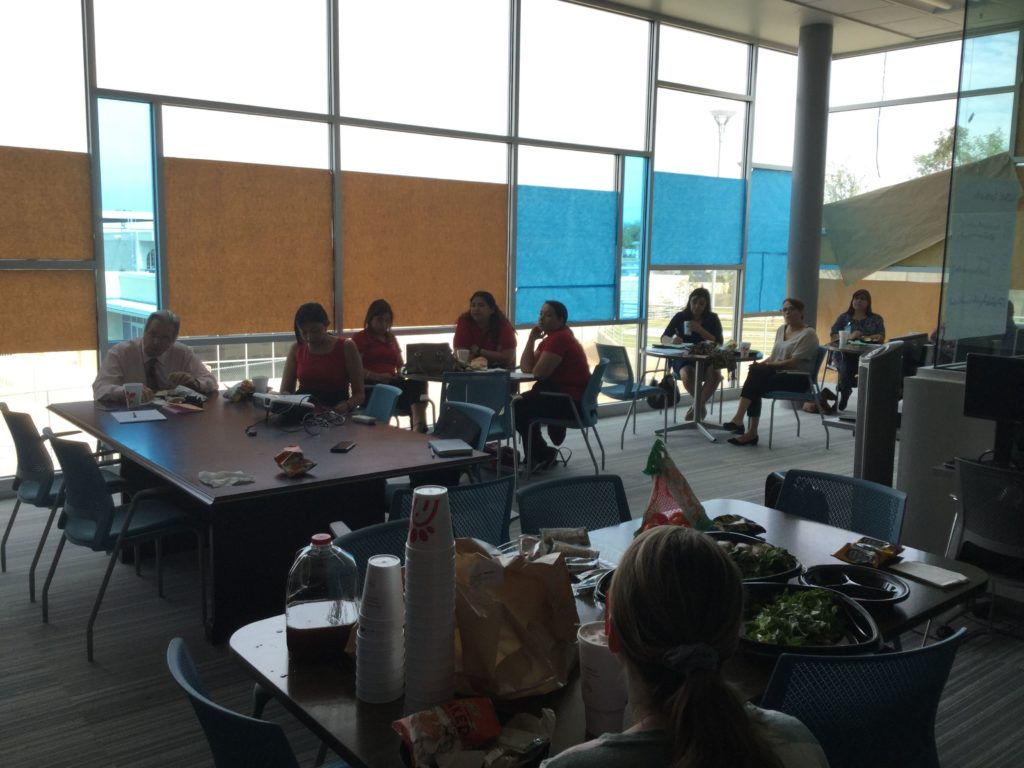

 In certain cases, the holiday’s make it tough to stay healthy with all of the delicious, traditional foods and sweets usually available. Don’t let eating healthy and staying active feel like an impossible feat this holiday season! If you are interested in ways in being healthy this holiday season and jump-starting your healthy New Years resolutions, please check out
In certain cases, the holiday’s make it tough to stay healthy with all of the delicious, traditional foods and sweets usually available. Don’t let eating healthy and staying active feel like an impossible feat this holiday season! If you are interested in ways in being healthy this holiday season and jump-starting your healthy New Years resolutions, please check out 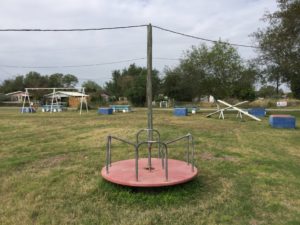 The Centers for Disease Control and Prevention’s High Obesity Program (HOP) is aiding AgriLife Extension’s Working on Wellness Environments program, which aims to increase access to healthy foods such as fruits and vegetables and safe walking environments and places.
The Centers for Disease Control and Prevention’s High Obesity Program (HOP) is aiding AgriLife Extension’s Working on Wellness Environments program, which aims to increase access to healthy foods such as fruits and vegetables and safe walking environments and places.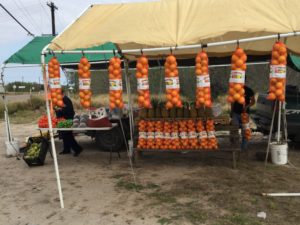 There is a lack of access to healthy fruits and vegetables, in part because the only major grocery store chain in Starr County is half an hour from Roma. Roma has three major dollar store chains, so many people make their food purchases there, instead. This is a concern of the coalition, which also wants to improve existing and add new physical activity amenities for the population.
There is a lack of access to healthy fruits and vegetables, in part because the only major grocery store chain in Starr County is half an hour from Roma. Roma has three major dollar store chains, so many people make their food purchases there, instead. This is a concern of the coalition, which also wants to improve existing and add new physical activity amenities for the population. Further north along the Rio Grande, about two hours northwest of Laredo and two and a half hours southwest of San Antonio,
Further north along the Rio Grande, about two hours northwest of Laredo and two and a half hours southwest of San Antonio, 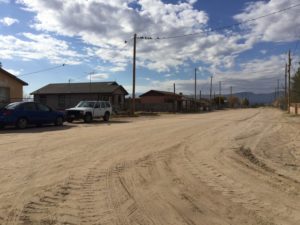 Finally, an hour and a half east of El Paso and eight hours west of San Antonio,
Finally, an hour and a half east of El Paso and eight hours west of San Antonio, 
